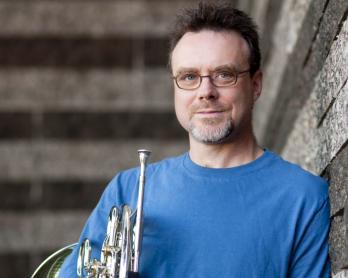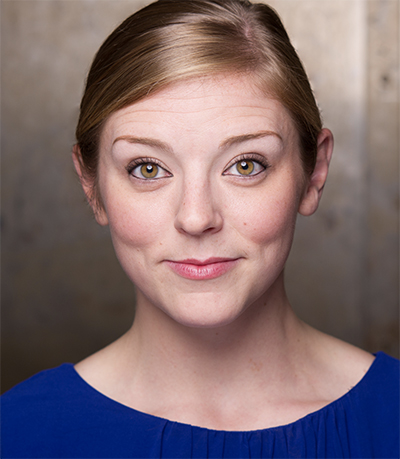by Nicholas Stevens

The Orchestra’s season premiere at Saint Ignatius High School’s Breen Center for the Performing Arts on Sunday afternoon, September 16 featured guest conductor Daniel Meyer, horn soloist Richard King (of The Cleveland Orchestra), and rising mezzo-soprano Corrie Stallings.
Shimmering upper strings welcomed King into his performance of Mozart’s Concerto No. 1. He played with both technical perfection and understated elegance, which in this case felt like the same thing. Just as a classic yet perfectly draped suit or dress impresses with no need for flashiness, so King rendered the trills and sudden runs of his solo passages with unerring purity and sense of necessity.
Stravinsky’s Concerto for chamber orchestra, subtitled “Dumbarton Oaks,” began with strong, unified gestures. Bassoonist Philip Austin tackled an early exposed line with both rock-star energy and unimpeachable poise. Hornists Ken Waldenpfuhl and Sean Yancer made intimidating parts sound easy, and the strings grabbed attention with sudden warm chords. A marvelously tuned and balanced cadence preceded the final minutes of stamped-out rhythms – classic Stravinsky! – and Waldenpfuhl soared in critical moments.
King reemerged for Mozart’s Concerto No. 2, the more athletic of the two concertos on the program. At one of Mozart’s signature brief swerves into the minor mode, the string section darkened their sound, and King let his tune soar. The sharp left turn in mood and texture registered in the gut as well as the ear. The slow movement gave King an opportunity to show off his grand-scale phrasing, and as the third movement began, the cellos briefly stole the show with a descending gesture that commanded attention.

Pianist Elizabeth DeMio served as the group’s secret weapon in the always-rousing “Ritual Fire Dance.” A sensuous oboe solo from Martin Neubert reintroduced Stallings in the fifth movement, and the singer’s sinewy tone and utter control once again made the brevity of her part feel like a crime against music. Concertmaster Emily Cornelius played both sweet and scratchy solos with equal conviction as the final movement began, and cellist Kent Collier brought honeyed tones to a lyrical moment. Between Stallings’ final lines and the profoundly beautiful final chord from the Orchestra, the conclusion of the concert made it hard to say goodbye.
Published on ClevelandClassical.com September 18, 2018.
Click here for a printable copy of this article



